A total eclipse of the Moon was visible in the early hours of this Monday 16 May 2022, beginning at 03:27 BST from the UK, with totality occurring at 04:29 BST.
The Moon was low above the southwest horizon as the initial partial stage of the eclipse began and remained in this general direction as totality was reached at 04:29 BST.
The Moon set at 05:10 BST.
Find out when the next eclipse is occurring or sign up to receive the BBC Sky at Night Magazine e-newsletter for weekly astronomy and observing advice.
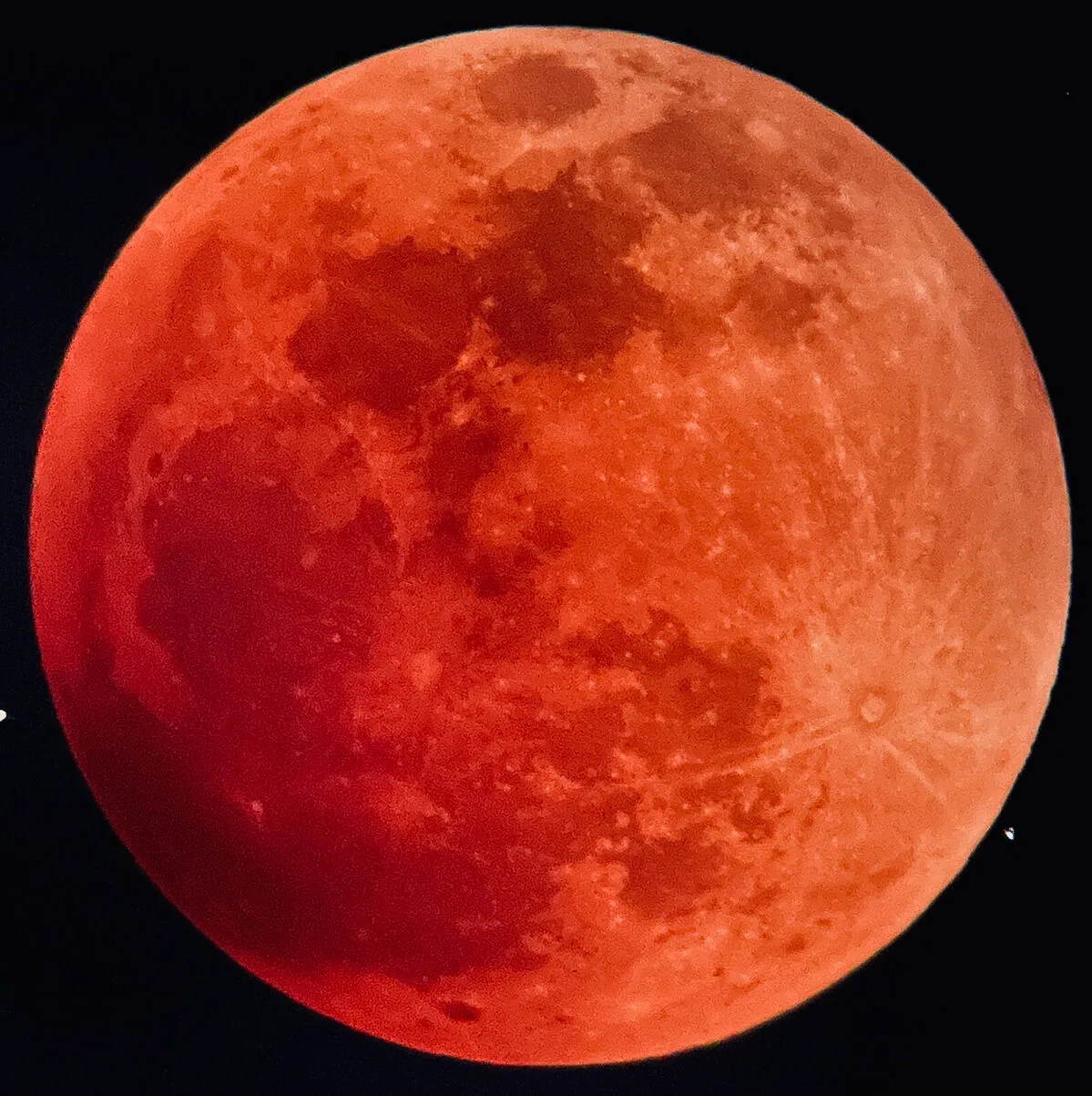
What is a total lunar eclipse and when do they happen?
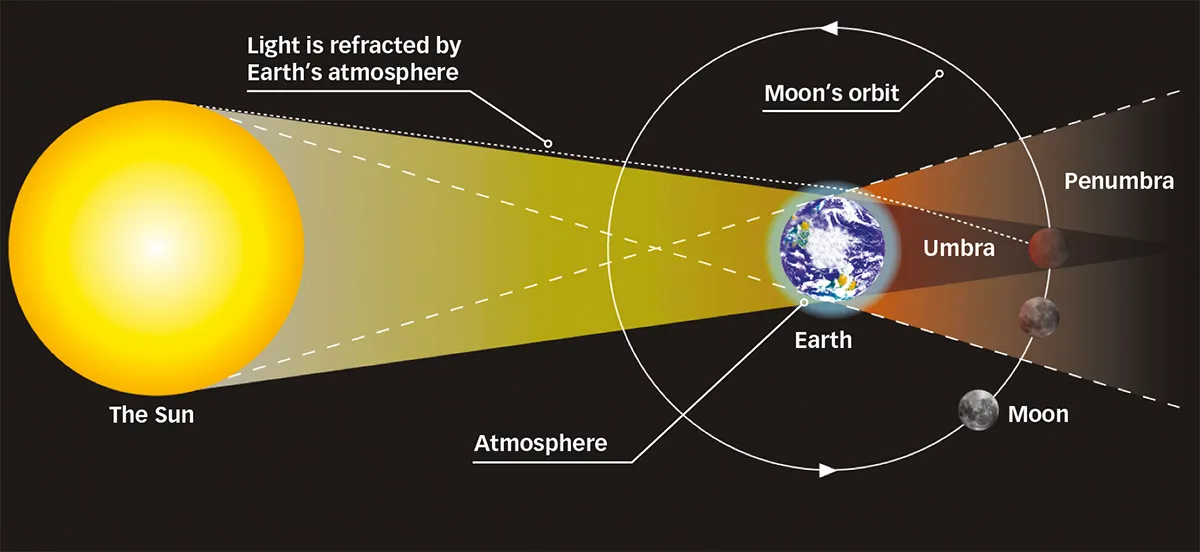
Lunar eclipses don't happen more regularly because the Moon’s 5˚ orbital tilt normally has it passing above or below Earth’s shadow in space.
It’s only when there’s a straight-line alignment between the Sun, Earth and Moon that the Moon crosses into Earth’s shadow.
When this happens, the observers on Earth’s hemisphere facing the Moon witness a lunar eclipse.
This is what will happen on the morning of 16 May 2022, when we in the UK will be in the right hemisphere for the first half of the eclipse.
Understanding the penumbra and umbra
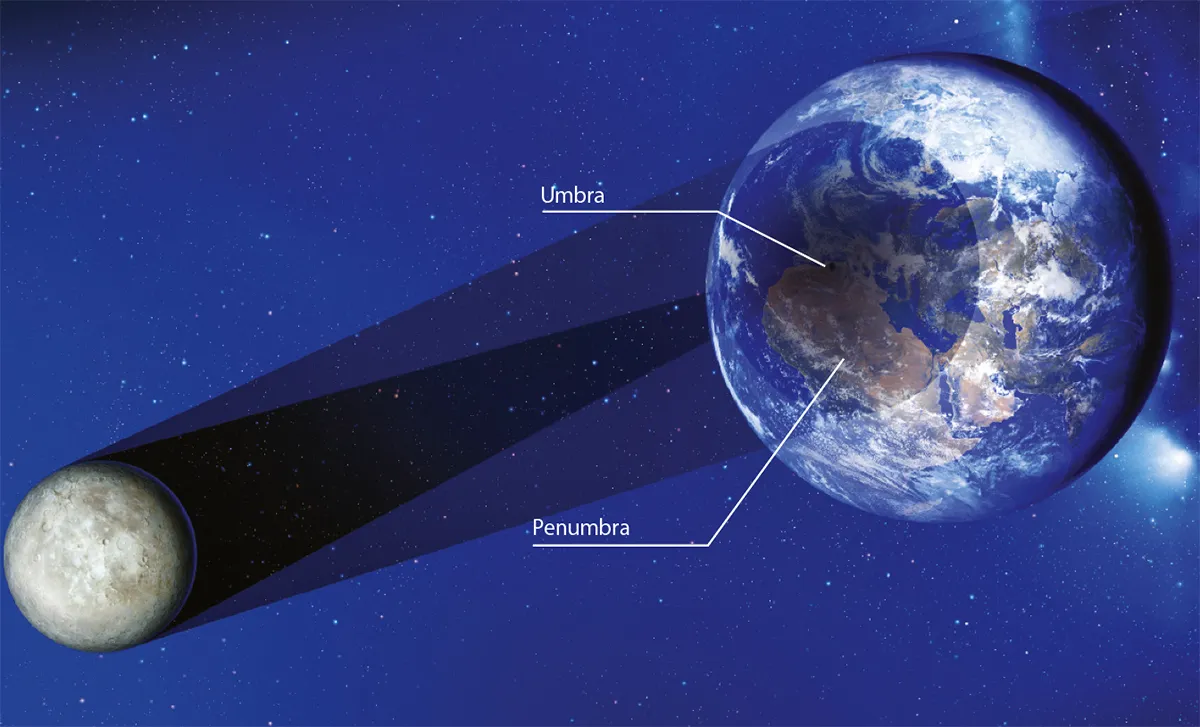
At the Moon’s distance, Earth’s shadow has two parts: a weak outer penumbra and a dark umbra.
The penumbral shadow is the region where, if you were on the Moon looking back towards the Sun, you would see it partially eclipsed by Earth.
At the outer edge of this shadow the partial solar eclipse would be tiny, increasing in magnitude the deeper into the penumbra you go.
The umbral shadow sits at the centre of the penumbra and is the part of Earth’s shadow where all of the Sun’s light would be blocked from view.
The darkness of the penumbra increases towards the umbra.
Why is a lunar eclipse red?
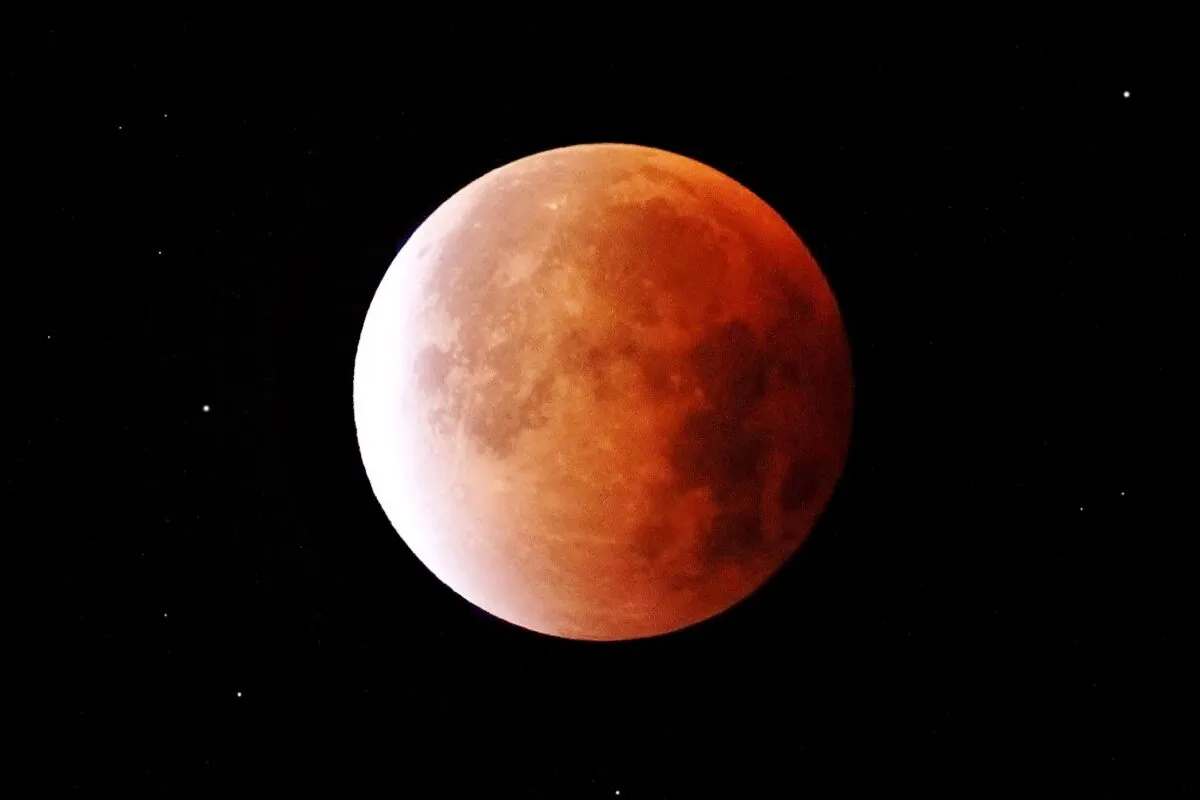
Earth casts an interesting shadow because it has an atmosphere.
Light skimming the edge of our planet is refracted to partly infill the umbra.
As our atmosphere scatters blue light, light that has passed through it tends towards the redder end of the spectrum, giving the umbra a red or orange colour.
How to see the 16 May total lunar eclipse
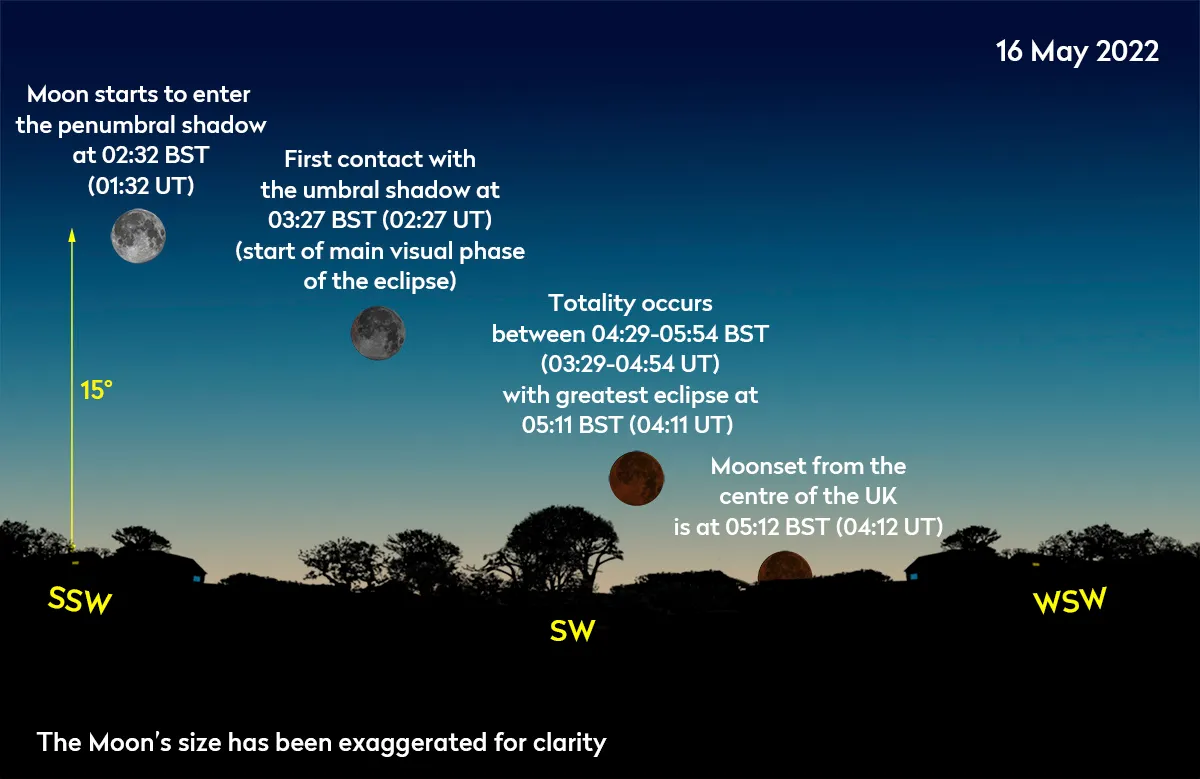
The total lunar eclipse of 16 May kicks off with the penumbral eclipse at 02:32 BST (01:32 UT).
This is a weak part of any lunar eclipse and difficult to detect.
As the Moon moves deeper into the penumbra the shadow’s depth increases, and you’re likely to see this as a dark shading near the western limb.
It becomes darker until the Moon encounters the umbral shadow at 03:27 BST (02:27 UT).
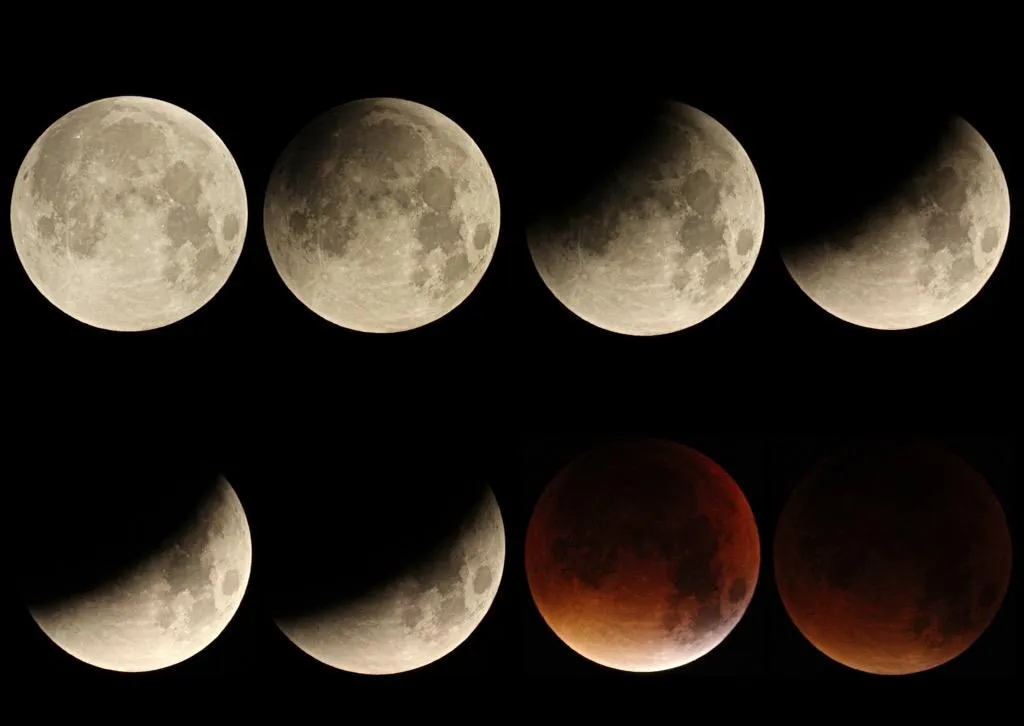
The umbral shadow is distinct and darker than the penumbra. The ensuing partial phase of the eclipse grows in magnitude until, at 04:29 BST (03:29 UT), the Moon is engulfed in dark shadow: this is the start of totality.
All the while, dawn will be progressing to create an interesting conundrum.
Whereas a bright non-eclipsed Moon is easy to see against bright sky, an eclipsed Moon against such a sky may seem to vanish from view, depending on the eclipse’s darkness.
From the UK, the Moon sets just after the point of greatest eclipse, timed for 05:11 BST (04:11 UT).
This guide originally appeared in the May 2022 issue of BBC Sky at Night Magazine.

